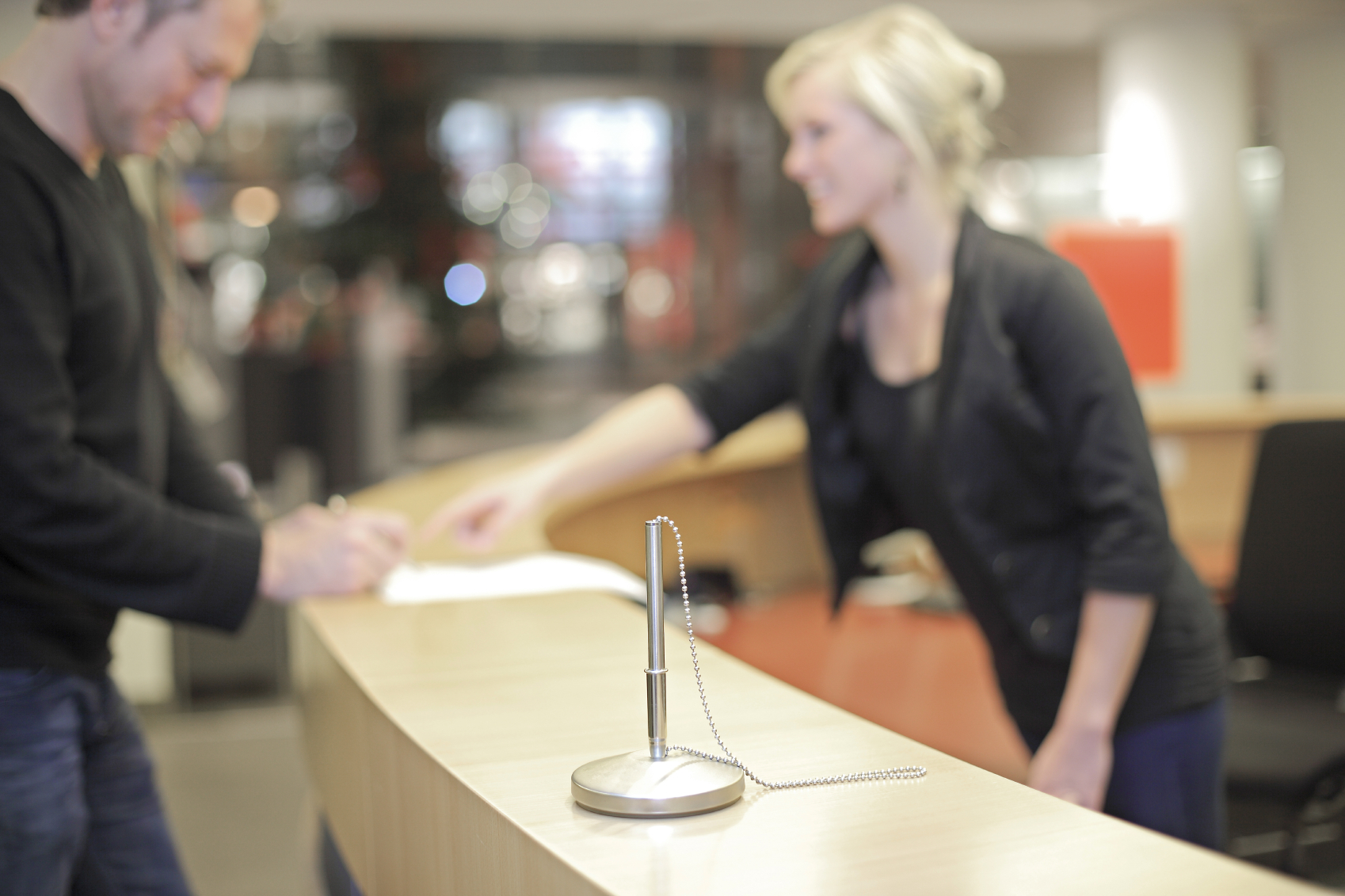How to Increase Conversion Rate Through Onsite Retargeting
Every marketer and website owner knows that the most critical metric to consider is the conversion rate, which is the percentage of site visitors who complete the desired action (i.e., signing up, subscribing, buying a product, etc.)
As such, the conversion rate is a direct indicator of a campaign’s overall success, and continually monitoring it is a useful way to notice the positive or negative results of adjustments as they become apparent.
Unfortunately, many sites fail to achieve optimal conversions due to many factors that can be difficult to identify and correct.
One proven universal method for increasing conversions involves using a technique known as onsite retargeting.
This increasingly popular practice lets site owners display different content and promotions to visitors who are returning to their site for the second time.
Since return visitors are the most likely to convert, starting with them is the most logical course of action when trying to Increase the Conversion Rate.
There are many ways to implement onsite retargeting in any niche. Actually, it is good to consider those tips when you are about to build your own website and while creativity is always a plus, anybody can get started with this technique by heeding the following guide:
Increase Conversion Rate: Preventing Boredom and Encouraging Conversions in Return Visitors

Increase conversion rate – first, let’s start with the main reason why it’s essential to serve return visitors different content than they encountered on their initial visit.
Marketing research has proven that return visitors are less likely to convert into sign-ups or customers if they’re approached with the same pitch twice.
Directing return visitors to different landing pages or varying pop up opt-ins are necessary measures to keep people from becoming bored and leaving.
Furthermore, being that return visitors convert more than first-time visitors, it makes sense to come at them with a fresh, aggressive approach versus the same old stagnant delivery.
Likewise, visitors who are already customers or members are ideally primed to be served additional promotions that are related to their previous purchases or browsing activity on the site.
For example, some eCommerce shops use floating sidebars to recommend additional products based on the shopper’s browsing, cart, and purchase histories.
The Importance of Asking for Input
Trying to find out exactly why visitors are leaving or declining the opt-in can be a lengthy and frustrating process.
If you’re not currently reaping a high volume of sales or sign-ups, retrospective analysis won’t be of much help because when the numbers are meager, they don’t provide any significant statistical insight.
Thus, apart from trial & error and keeping your fingers crossed, the best approach is to merely ask visitors why they weren’t interested in the promotion.
This might seem like a long shot, as most visitors will probably ignore your request for input, but it’s still worthwhile because any visitor input is better than none.
Plus, there are many different ways to word, place, and time the questions so that they’ll be answered more frequently, which brings us to the next part of the guide:
Timing and Phrasing Feedback Questions Properly
Remember, we’re only going to be asking return visitors these questions as a means of finding out why they aren’t converting.
For this reason, it’s essential to time the appearance of the questions early enough to catch the visitor’s attention before they close the tab entirely, yet not too soon to distract them from why they arrived at your site, to begin with.
Although some sites use exit pop-ups that attempt to keep the visitor on the page a bit longer, these are rarely ever effective at making visitors participate in surveys or questionnaires.
In fact, in most cases, the exit pop up serves as a mere distraction and annoyance, which decreases their chances of returning to the site.
If you’re trying to find out why visitors aren’t signing up for an opt-in form, the timing will be pure – allow 5-10 seconds to pass before asking the visitor why they weren’t interested.
You may want to think of a few possible answers they might give and then provide a multiple-choice format. Simplifying the answering process is an efficient way to encourage more responses.
Asking the visitor for their input after they’ve declined an opt-in form allows you to take advantage of recommendations from real visitors, even if you’re only able to get a small minority to respond.
One way to encourage more responses is to incentivize the survey. For example, you could offer a free product, service, or another perk in exchange for the visitor answering a few simple questions.
Proper Placement of Questionnaire and Survey Pop-Ups

Anyone who creates their own website can practice conventional onsite retargeting without visitor input. But asking visitors to explain why they weren’t interested in promotion is an excellent way to formulate adjustments in the campaign that will allow for higher conversions.
However, since you want truly useful answers, it’s best to only ask visitors that have expressed apparent interest in your site. Thus, you’ll want to make the questions pop up on secondary pages rather than the homepage.
Visitors who only visit the home page are least likely to convert, so you’re not really after their input. In addition, placing excessive pop-ups on the home page could scare away prospects who might’ve otherwise converted or become return visitors.
The on-page placement is also important to consider, as confronting the visitors with too many centered pop-ups can cause them to leave the site out of annoyance. Therefore, it may be better to have the questionnaire floating in the bottom right corner.
You can set the popup to trigger an alert sound (similar to a live chatbox) so that the visitor knows it’s there without completely blocking their field of view. You never want to stop a visitor from reading a page on your site, as it may cause them to lose interest.
Promoting the Right Products and Plans Based on Responses

Finally, now that you’ve started receiving responses from a small percentage of your non-converting return visitors, you can start putting that input to good use by tailoring adjustments and additions around them.
This is where the actual practice of onsite retargeting comes into play, except now you have more to base your decisions on other than sheer hunches and guesswork.
Combine visitor responses with analysis and a quick brainstorming session and you should be ready to approach return visitors in a much more effective manner for higher conversions.
You may even find the information gathered in the process helps you develop an entirely new marketing approach.
Increase Conversion Rate: Retargeting vs Using a Static Campaign for Every Visitor
In closing, there’s no doubt that retargeting consistently produces better conversion rates than the alternative of showing every visitor the same exact promotion every time they arrive at any page on the site.
Since visitors have varying mindsets and perceptions at different points in their browsing sessions, designing promotions to accommodate the preferences of your return visitors will ensure a much higher probability of success.
Ultimately, every marketer and online entrepreneur should strive to implement this form of optimization to develop more efficient onsite promotional content.



















